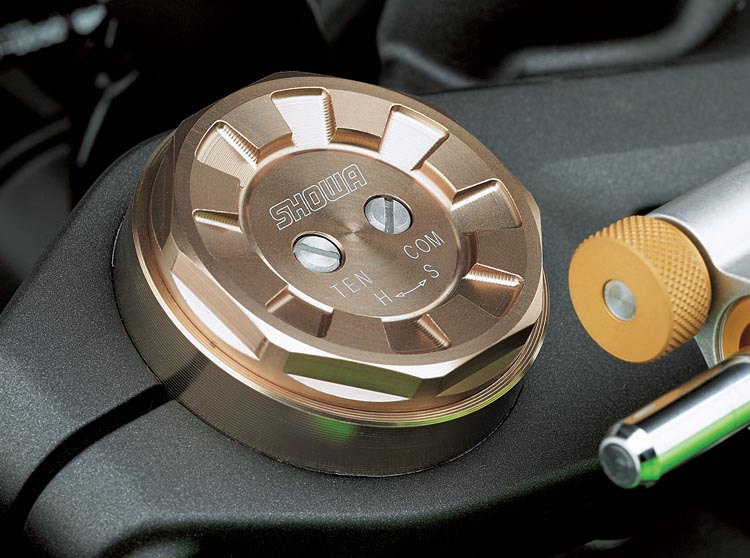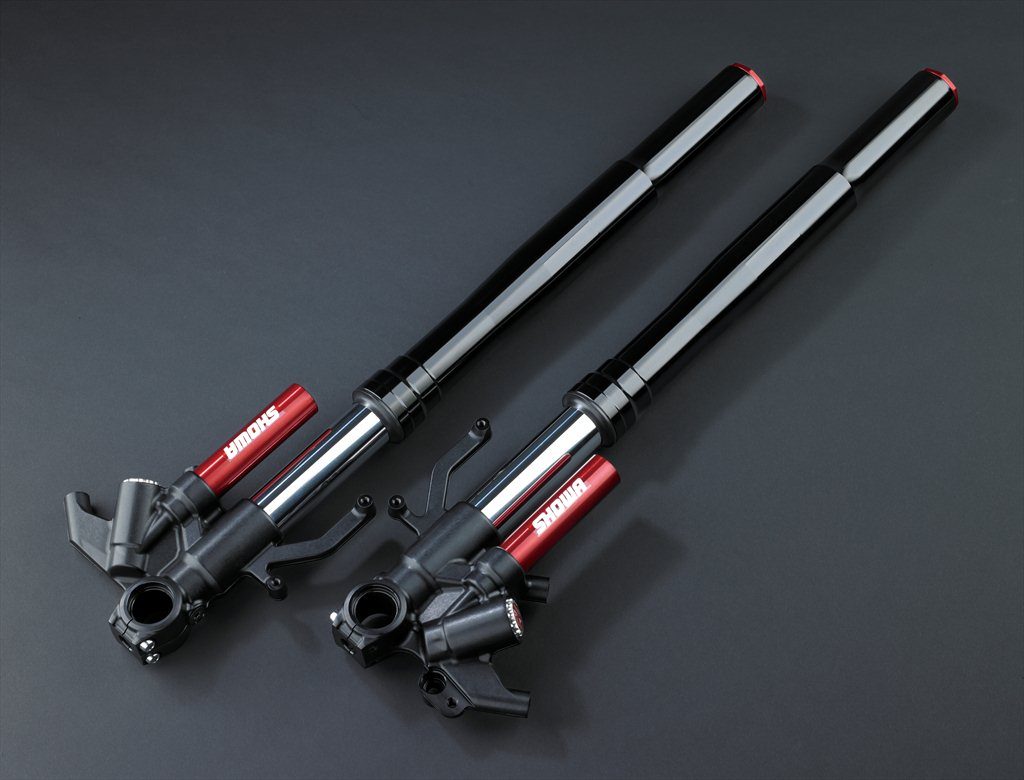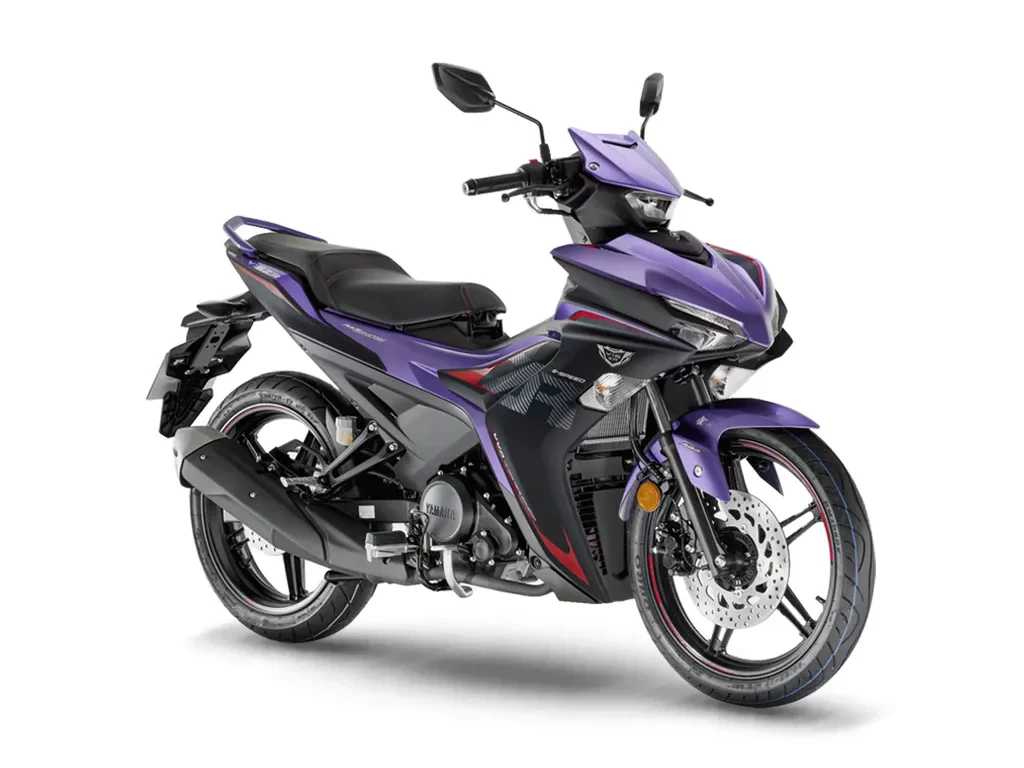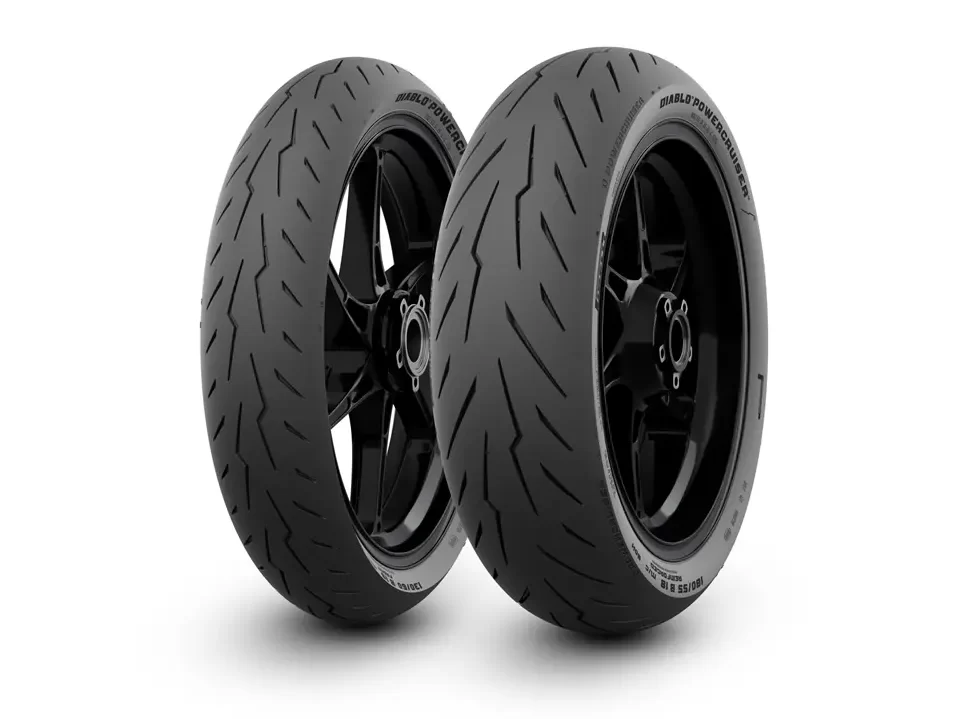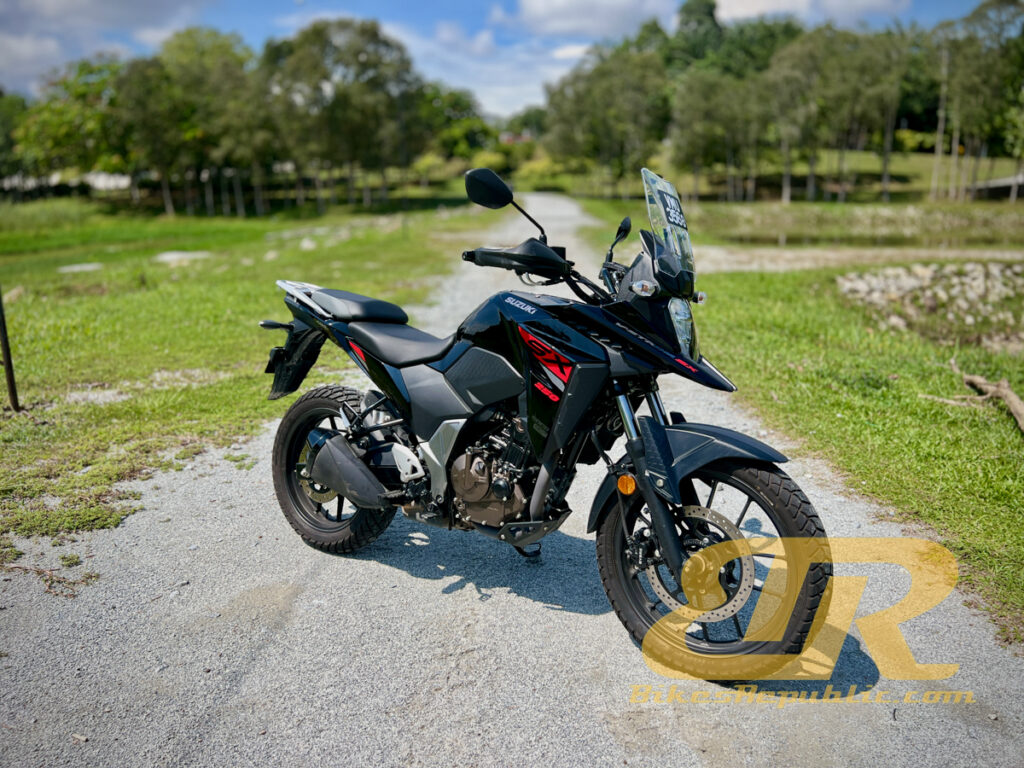-
We’ve put together a troubleshooting suspension symptoms guide.
-
A troubleshooting guide is easier to remember and use.
-
We conclude the series with compression damping.
We provided a guide on troubleshooting preload adjustment and rebound damping previously. We shall deal with compression damping in this last part.
What is compression damping?
To recap, compression damping is opposite of rebound damping. It controls how quickly the wheel travels upwards when it contacts a bump in the road.
Think of compression damping as the resistance when the spring is squeezed.
Too little compression damping (Front)
- The front dives excessively under braking.
- Pitches the motorcycles weight on the front wheel when braking making the bike hard to turn it in or causing the handlebar to “waggle.”
- The forks can bottom out and hit the bump stops when hitting sharp bumps.
- The rear end of the bike feels like “coming around” when the front brakes are jabbed hard.
- Steering feels vague and mushy (lack of feedback) similar to too little rebound damping.
Too much compression damping (Front)
- The forks feel very hard when the wheel contacts the bump.
- Every ripple and bump on the road are transmitted directly to the chassis and the rider. Big bumps could deflect the wheel completely off the road. (Conversely, too little compression will have the wheel travel all the way up before punching the front end off the road surface.)
- May cause the front end to ride high in some cases.
- While dive is reduced while braking hard, the front wheel can become loose when braking over uneven road (as the suspension does not absorb the bumps).
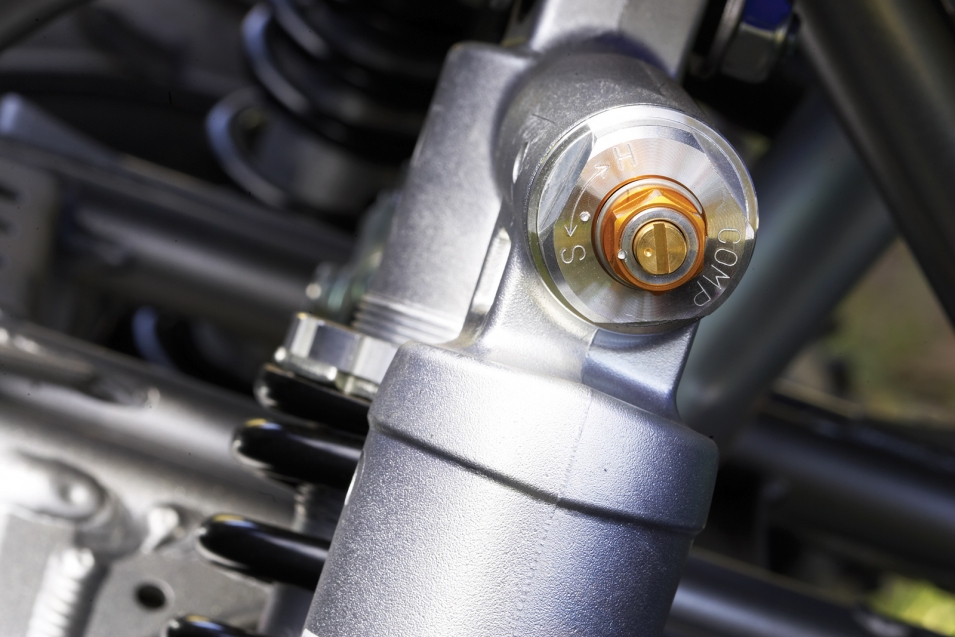
Too little compression damping (Rear)
- The rear end tends to “squat” or “sit down” too much during acceleration, causing the bike to run wide (the front end is pushed up causing lack of traction from the front tyre).
- Hitting bumps and dips at speed causes the rear shock to bottom out.
- Chassis balance is over-affected by large dips (for example sunken road surface at Sungai Koyan).
- Steering becomes difficult and erodes confidence.
Too much compression (Rear)
- Ride is harsh and it gets worse the faster you go. However, too much rebound damping causes the rear to feel even harsher.
- Too much compression causes rear tyre to hop over bumps, especially when decelerating.
- Bigger bumps will kick the rear end of the bike up and the rider off the seat.
Conclusion
So, there you have it.
Always “mark” the factory settings before you start and note them down. For example, turn the compression damping to fully minimum and count many clicks to get there. Then, turn it to maximum, noting the number of clicks. Finally, turn it back to the original position and start from there.
Our advice is to adjust one parameter at a time, say start with rebound damping before moving on to compression damping. Adjusting everything all at once will confuse you.
Another advice, do not go to the maximum unless you really, really need to (for example poor quality forks). Having a little less of something may actually gain you more in terms of enjoyment.
Lastly, please do not think you need to add more preload/compression/rebound just because you ride faster. You can do so at the track but that does not necessarily mean going all the way to the maximum. Conversely, adjust what is necessary to allow the bike to work for you, not vice versa.

